-

DEVCOM ARL Chief Scientist receives Presidential Rank Award
-

Student program strives to increase Native American presence in STEM
-
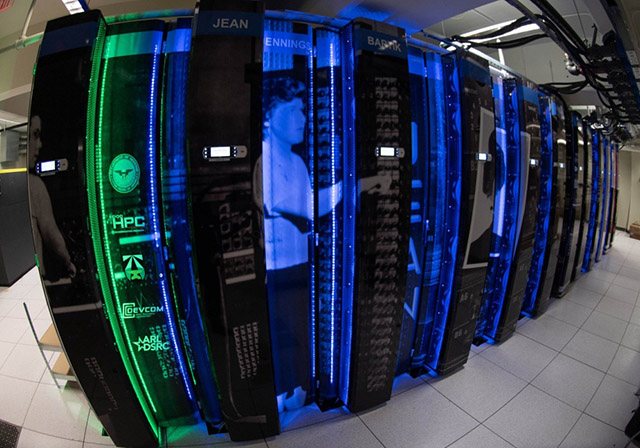
Army welcomes new supercomputers; honors pioneering women
-

Army-funded scientists win Nobel Prize
-
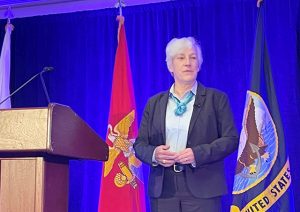
Defense fellowship conference attracts top grad students to Army
-
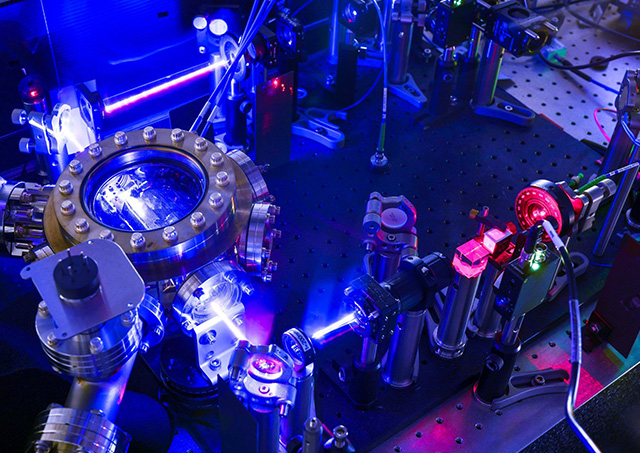
Army designates Quantum Information Science Research Center
-
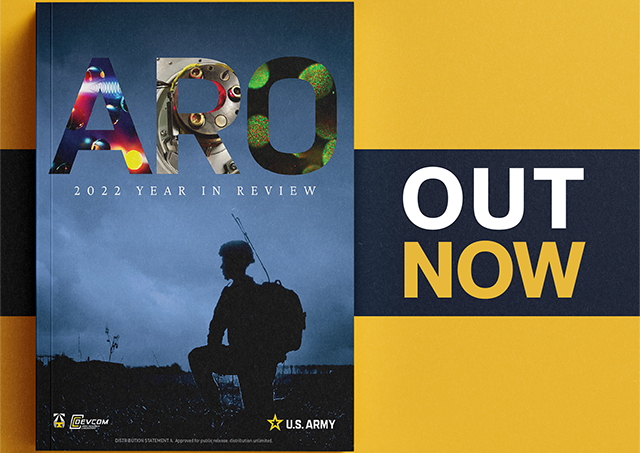
ARO Year in Review 2022 highlights Army extramural research successes
-

Army research engineer earns fellowship
-

Army senior leader named to high school’s Hall of Fame
-

DEVCOM team forms international partnership
-
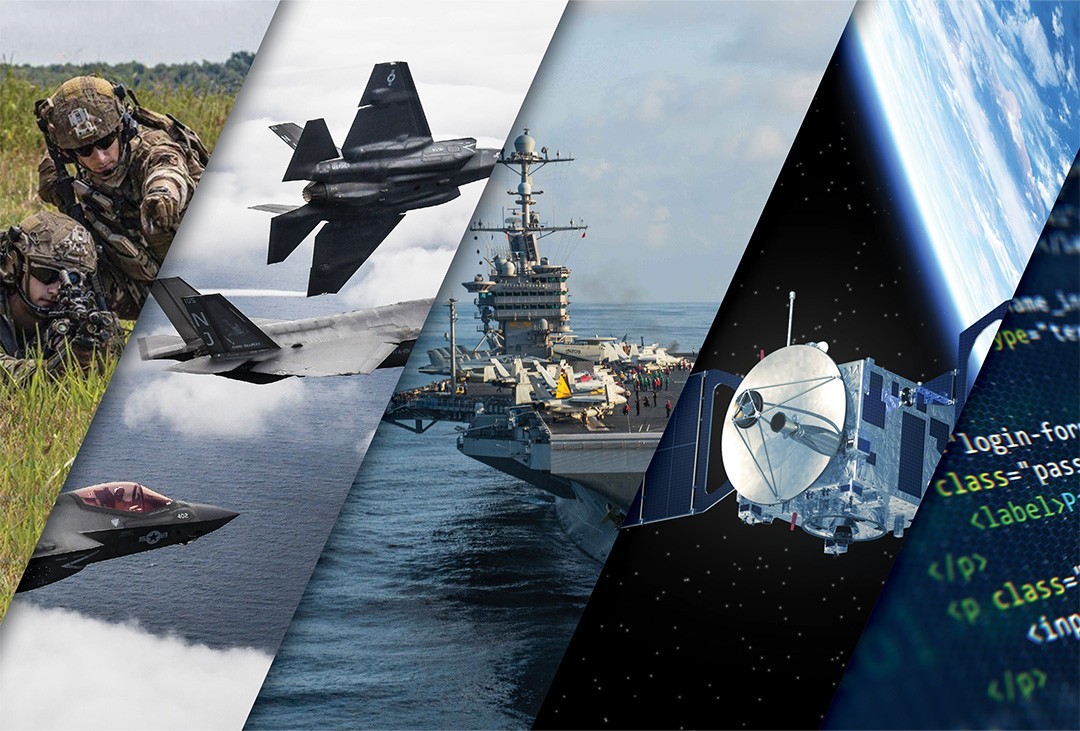
Four years in, AFC continues to bring Army modernization to the forefront
-

White House Office of Science and Technology Policy director visits Army researchers
